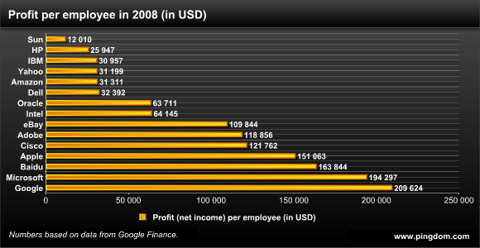
Putting on extra pounds can negatively affect brain health
By Faiza Elmasry
22 May 2009
Did you know that your brain gets better the more you use it? Throughout your life, it undergoes changes in structure and function, in ways that are influenced by your life experiences.
In Think Smart, Dr. http://richardrestak.com/');">Richard Restak - a clinical professor of neurology at the
Obesity: Bad for body, brain
For example, it's long been common knowledge that what's good for your heart is also good for your brain. Now, Restak says, recent studies have shown why obesity - already a known danger to the heart - is also bad for the brain.
"Obesity is now recognized as the No. 1, if least high up on that list of the causes of dementia that will lead to loss of brain functions," he says. "So it's important to get one's weight under control, to keep blood pressure under control, as well as cholesterol, and all these things because they create problems with the blood vessels feeding the brain."
So Restak recommends a variation on the Mediterranean diet, which is rich in fruits, vegetables, legumes, cereals, fish and olive oil. Restak says physical activity is also important.
"You have to think of something that you really like doing, because exercise creates new path lines, new vessels around the neurons and increases interconnections," he says. "It also elevates what's called the nerve growth factor, which is a tonic, you can think of, which helps brain cells growing and be nurtured. It doesn't have to be any great amount of exercise. Walking a mile two or three times a week will decrease your chances of Alzheimer's about 30 percent."
Another recommendation on Restak's brain-enhancing plan of action: taking short naps.
"It's been found that napping in the afternoon during the workday for about half an hour is tremendously a rejuvenating ability force that enables us to restructure the brain, make consolidation and enhancement of new knowledge," he says. "So things like that are new and were not really recognized previously."
Rewire your mind
And just as you can improve your brain's health, Restak says you can improve its function. He says we're not born with a fixed level of intelligence. People can raise their IQ by reading great works of literature, expanding their areas of interest or simply increasing their vocabulary.
 |
| In his new book Think Smart, Dr. Richard Restak explains how we can increase brain health and function |
"You get new words every day," he says. "For instance, my word of the day is 'evadible,' meaning it's something that can be avoided. So, you can use that and work it into a sentence: It was an evadible situation."
The human brain, Restak says, is able to continually adapt and rewire itself. He points to multitasking as a good example. Our brain's neural wiring is not designed to perform two different tasks at the same time and with the same level of efficiency. But it can, with training.
"It's already being seen as a change factor in the military where people who have had a lot of experience with video games are moving rapidly in the military in terms of doing things that require a lot of eye-hand coordination, which the younger person has achieved through their video game experience," he says. "And they are so good at this that they have been able to outperform someone who is of a higher rank and a longer military experience."
Mapping a path to better health
Keeping your mind active and flexible has long-term benefits, too. Restak says working to improve your memory may be crucial in preventing Alzheimer's disease.
 |
| Keeping your body active and your mind sharp can help you as you age |
He says people can sharpen their memory by doing mental exercises and games, such as visualizing a map of their surroundings.
"I just go through my house, local library, I see it in my mind," he says. "So as I walk [mentally] from one place to another, I see the objects that I'm trying to remember. So it's as simple as it can be. You need just to set your own 10 places. See them clearly. Then try to remember. Take one object and exaggerate it, whether it's your house or a library or whatever it may be."
Restak presents several other brain exercises.
"Let's say I ask you about the presidents of the country, a number of prime ministers or presidents as far as you can recall," he says. "Then, I would ask you to recite them in terms of their political affiliation. Then recite them in order according to alphabet staring with A and going as far as you need."
In Think Smart, Restak emphasizes that while severe mental decline is usually caused by disease, age-related memory loss can be the result of inactivity and a lack of mental exercise and stimulation. He urges readers to pay attention to everything they see, hear and do, and continually try to learn new skills. Restak's main message is a simple one: The best way to keep your brain healthy is to use it.
Source: http://www.voanews.com/english/AmericanLife/2009-05-22-voa18.cfm



![[google staffing turnover]](http://s.wsj.net/public/resources/images/OB-CM875_google_D_20081013233434.jpg)




